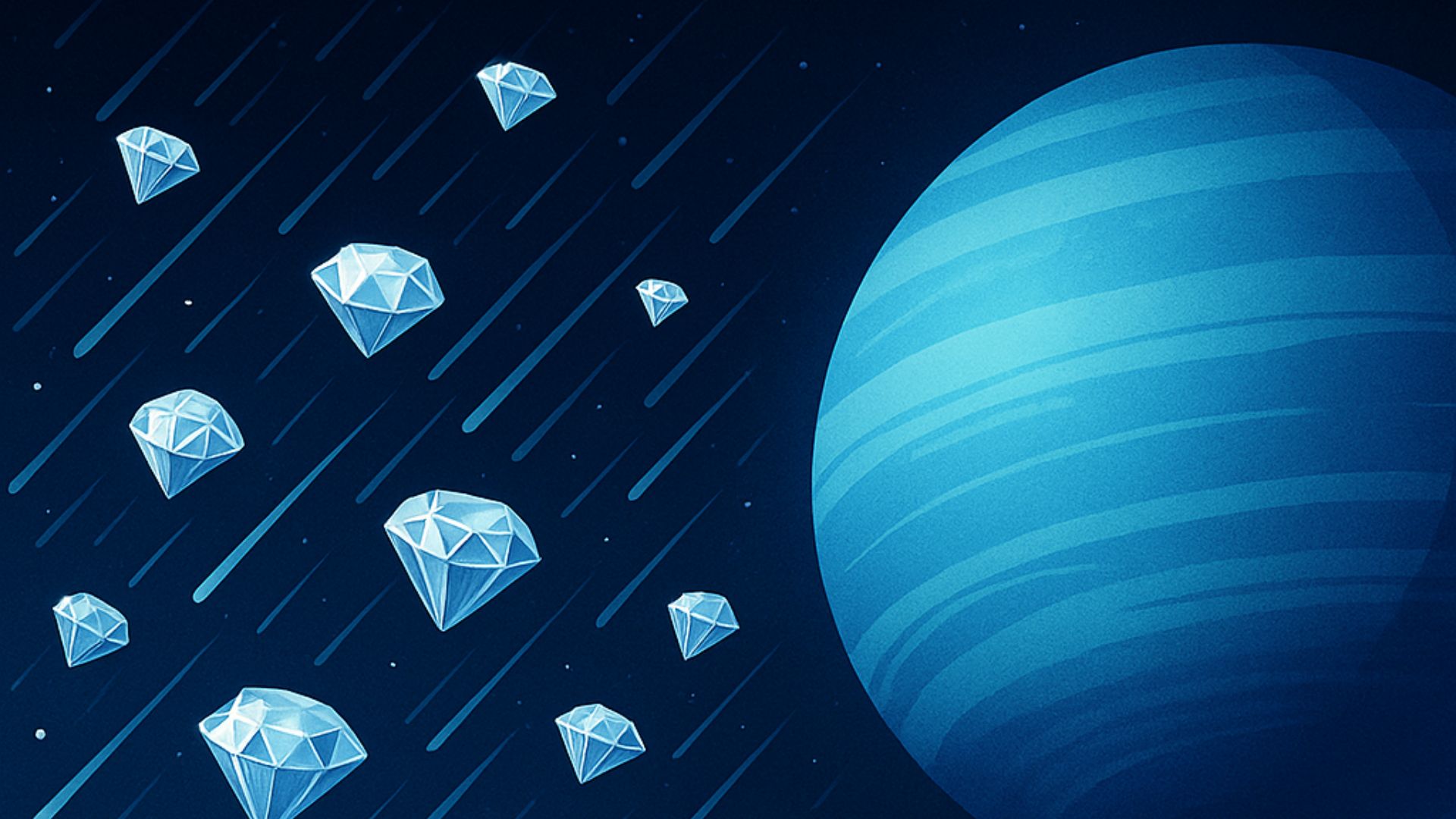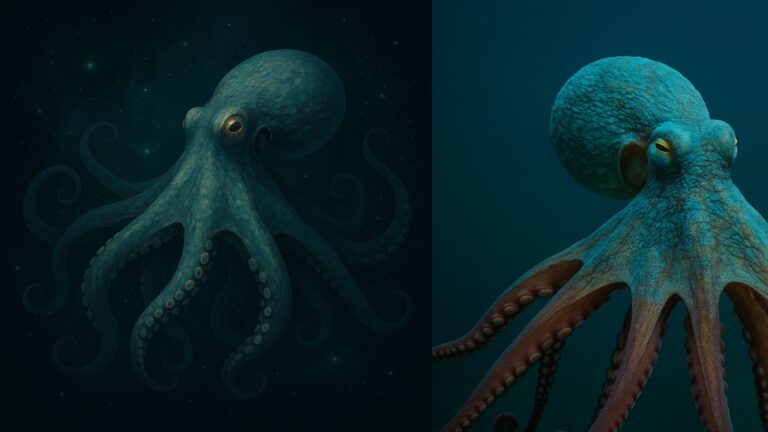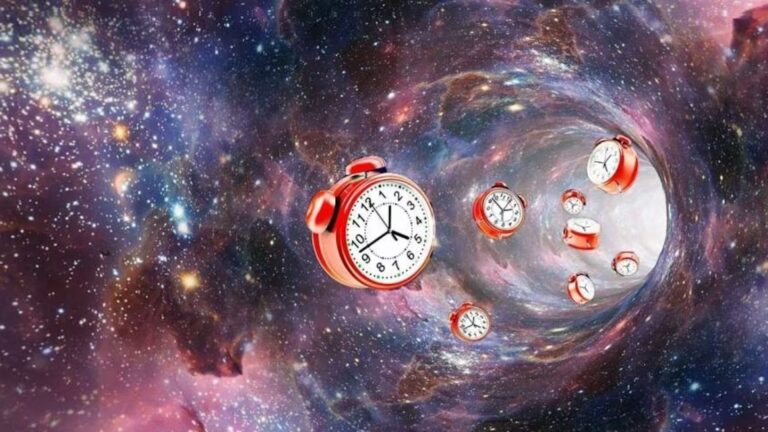Diamond Rain on Neptune and Uranus — A True Cosmic Phenomenon”
Diamond Rain: Imagine standing beneath a cloudy sky not made of water vapor, but of pure carbon crystals — diamonds. This isn’t science fiction. It’s a scientifically supported reality on the distant ice giants Neptune and Uranus. In these alien worlds, extreme atmospheric conditions lead to one of the most fascinating phenomena in our solar system: diamond rain.
🔭 Planet Profiles: What Makes Neptune and Uranus Unique?
Before diving into the science, it’s important to understand the unique structure of these planets:
| Feature | Neptune | Uranus |
|---|---|---|
| Type | Ice Giant | Ice Giant |
| Distance from Sun | ~4.5 billion km | ~2.9 billion km |
| Temperature | -214°C (average) | -224°C (coldest in solar system) |
| Composition | Hydrogen, Helium, Methane | Hydrogen, Helium, Methane |
| Atmosphere Color | Deep blue (due to methane + unknown factors) | Pale blue (methane only) |
Methane (CH₄) is key to the diamond rain phenomenon. Both planets have methane-rich atmospheres extending thousands of kilometers deep.
💠 How Does Diamond Rain Happen?
Here’s how the process unfolds deep within these planets:
1. Methane Is Crushed
As you go deeper into the atmosphere, pressure increases dramatically, reaching over 1 million times Earth’s sea-level pressure.
At these depths:
- Methane molecules break apart due to pressure and heat.
- Carbon atoms from methane start to re-bond into solid forms.
2. Diamonds Begin to Form
The freed carbon atoms are squeezed into diamond structures, forming microscopic and possibly even macroscopic diamonds.
3. Diamonds Fall Like Rain
These diamonds, now heavier than the surrounding atmosphere, begin to fall downwards like hail. The deeper they fall:
- They may accumulate into diamond layers or melt in the ultra-hot planetary core.
Must Read: Ibrahim Traoré: The Young Revolutionary Leading Burkina Faso
🔬 Earth-Based Proof: It’s Not Just a Theory
In 2017, scientists at SLAC National Accelerator Laboratory successfully recreated this phenomenon in the lab:
- They used high-powered X-ray lasers to simulate pressures found on Neptune and Uranus.
- Under these conditions, polystyrene (a hydrocarbon) formed nanodiamonds in billionths of a second.
- This experiment confirmed that such processes are realistic under ice giant conditions.
🔥 Heat Mystery: Why Are These Planets So Warm?
Especially Neptune — which radiates 2.6 times more energy than it receives from the Sun.
A possible reason?
- The falling diamonds release gravitational potential energy as they descend — similar to meteorites heating Earth’s atmosphere.
- This may partially explain why Neptune remains mysteriously warm.
🪙 Can We Mine These Diamonds?
Sadly, not anytime soon. The challenges include:
- Depth: Diamonds likely form thousands of kilometers below the visible atmosphere.
- Pressure: No current spacecraft can withstand such intense environments.
- Distance: Neptune and Uranus are years away from Earth by probe.
However, understanding this process helps scientists model exoplanets, many of which may be carbon-rich and diamond-filled.
🧠 Mind-Blowing Fact:
Some researchers believe entire planets of pure diamond could exist in other galaxies. They’re called “carbon planets” — shimmering celestial bodies made almost entirely of crystalline carbon.








One Comment